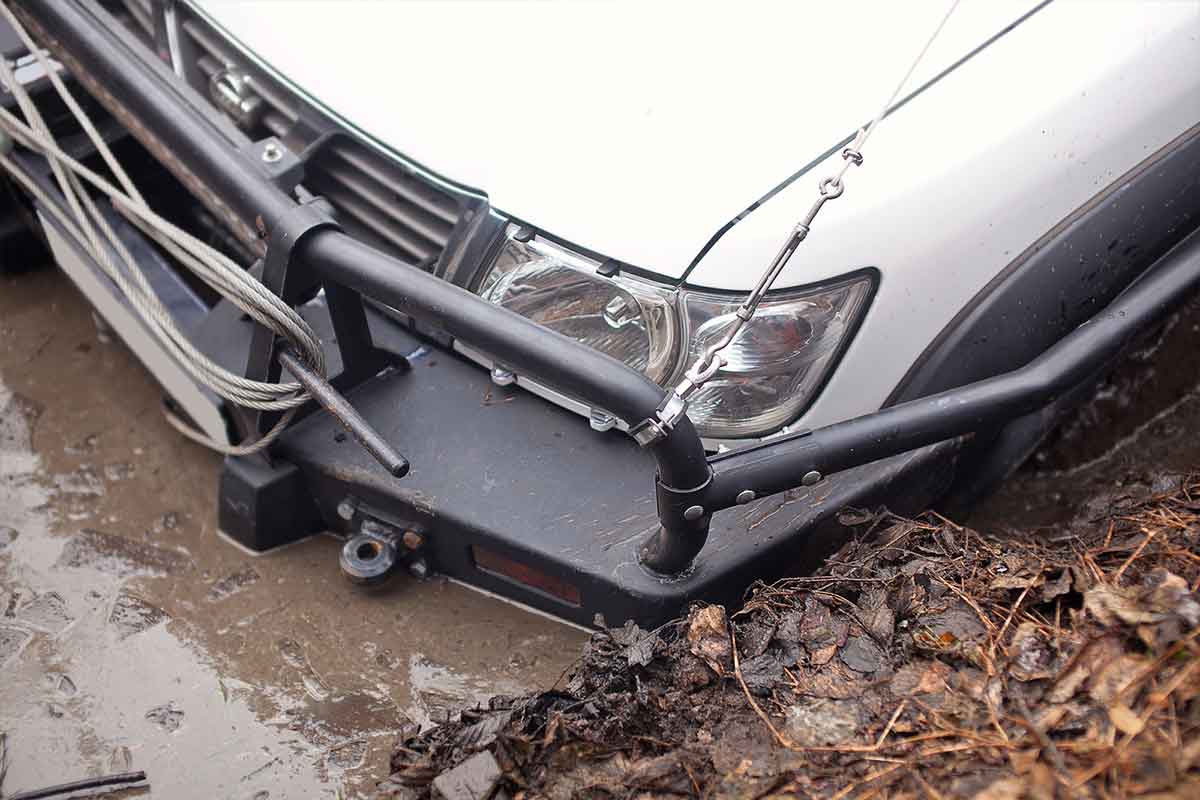Using tinted glass on the windows of the car seems to be one of the best ways to beat the heat. When driving on Indian roads, it is mandatory for vehicle owners to follow certain rules and regulations formulated by the Regional Transport Authority.

When driving the car during the day time, the harsh rays of the sun can definitely make you and your co-passenger uncomfortable. Using tinted glass on the windows of the car seems to be one of the best ways to beat the heat.
Tinted glasses are not factory fitted as using them is against the laws enforced by the motor vehicle authorities. When driving on Indian roads, it is mandatory for vehicle owners to follow certain rules and regulations formulated by the Regional Transport Authority. Read on to know all about the RTO fine for using tinted glass.
What is Tinted Glass?
Tinted glass refers to the glass used on the cars that block the sunlight from entering the car, thus helping you create a cool environment inside. The tint used helps in increasing the effectiveness of the air conditioning while also preventing the car interior from the rear and tear caused due to sunlight.
While using tinted glass on vehicles is not legal in India, there are car manufacturers which manufacture cars with RTO approved window films.
What is the Fine for using Tinted Glass?
In case you use a tinted glass then you have to pay a penalty of Rs. 100 for the first time that you violate the law. However, the penalties vary from state to state and increase in case of repeated offenses.
In some states, violating this law on repeated occasions can also lead to suspension of the driving license
Why are Tinted Windows not Allowed in India?
One of the main reasons why usage of tinted glass is not allowed in India is fear of criminal activity; it also restricts visibility for the driver, thus increasing risk of accidents due to poor visibility.
Legal Restrictions on Tinted Glass in India
In India, the use of tinted glass on vehicles is regulated by the Central Motor Vehicles Rules, 1989. According to Rule 100, the following restrictions apply:
- Front and Rear Windshields: Must have minimum visibility (VLT – Visible Light Transmission) of 70%.
- Side Windows: Must have a minimum visibility of 50%.
- Use of After-Market Film: Strictly prohibited, even if the VLT remains within legal limits. The Supreme Court of India, in a 2012 ruling, banned all types of aftermarket sun control films.
RTO Rules Applicable for Car Glass Film
The Regional Transport Authority in India has laid down certain rules and regulations that one must follow to drive vehicles on Indian roads. Violation of these rules can attract fines and penalties. For instance, driving on Indian roads without valid motor insurance attracts fine up to Rs. 2,000 or in some cases imprisonment up to 3 months
In the year 2012, the Supreme court passed a judgment, regulating the usage of tinted glass in cars. As per the same, cars must have the below visibility
- Side glasses must have 50% visibility
- Front and rear glasses must have 70% visiblity
Does using Tinted Glasses have an Impact on Car Insurance?
No, tinted glasses usually do not impact your car insurance premium, but they can cause some trouble at the time of claim. Few insurers do not offer coverage for claims made on vehicles with tinted windows.
Ways to Remove Tinted Glass from your Car
If you already have sun film on your car and wish to remove the same then here’s how you can do so.
Soap water:
After removing the tinted frame, you can make use of soap water to get rid of the glue. This will ensure that you are able to drive the car without any hassle. While you can always use a sharp tool to scrape the film, it can increase the risk of causing scratches on the glass.
Heat gun:
You can also use a heat gun to melt the sun foil because as the glue melts, it becomes easier to peel off the tinted glass. You can also use a hairdryer to do so.
Alternatives to Tinted Glass for Privacy and Protection
Various alternatives to tinted glass for privacy and protection are available in India. Following is the list for the same:
1. Car Window Curtains
- Easily attachable fabric curtains, often used in the rear windows of MPVs and SUVs.
- They provide privacy and shade but should be used only when the vehicle is parked or as per local traffic regulations.
2. Car Sunshades
- These are removable mesh or foldable shades placed on side windows or the windshield.
- Useful for blocking heat and sunlight while parked; they must be removed while driving.
3. UV-Blocking Transparent Films
- Legally permitted clear films that block harmful UV and infrared rays.
- They reduce heat and sun exposure inside the car without affecting visibility or violating VLT norms.
4. Smart Glass or Electrochromic Glass
- Advanced glass that changes tint electronically based on light or manual control.
- Common in high-end cars, it's legal if it meets VLT limits and does not impair road visibility.
5. OEM Factory-Tinted Glass
- Installed during vehicle manufacturing, with VLT within legal limits (70% front/rear, 50% side).
- Provides a subtle tint, heat rejection, and privacy without requiring aftermarket modifications.
How to Avoid the RTO Fine for Tinted Glass
To avoid fines from the RTO or traffic police for using tinted glass, follow these simple, legal guidelines:
Stick to Legal VLT Limits
Ensure your car’s front and rear windshields have at least 70% visibility, and side windows have at least 50% visibility as per Rule 100 of CMVR, 1989.
Avoid Aftermarket Sun Control Films
Don’t apply any kind of film or sticker, even transparent ones, on your car windows. The Supreme Court banned all aftermarket films in 2012, regardless of transparency.
Use Factory-Fitted Tinted Glass Only
Opt for vehicles that come with OEM (Original Equipment Manufacturer) tinted glass, which complies with Indian VLT norms.
Remove Illegal Films Immediately
If your vehicle has aftermarket film, remove it before being stopped by the police. Authorities are empowered to strip the film on the spot.
Summary
Using tinted glass on car windows may help reduce heat, but it is regulated under Indian law. As per the Supreme Court ruling and Central Motor Vehicle Rules (CMVR), aftermarket sun control films are banned—even if they comply with visibility norms. The permissible Visible Light Transmission (VLT) is 70% for front and rear windshields and 50% for side windows.
Violation of these rules can result in an RTO fine of ₹100 for the first offence, which may increase repetition and could even lead to licence suspension. Factory-fitted tinted glasses that comply with VLT norms are allowed. Alternatives such as UV-blocking transparent films, car curtains (used only when parked), and smart glass are permitted if they follow legal visibility standards.
Frequently Asked Questions
What is the RTO rule for tinted glass?
As per Rule 100 of the Central Motor Vehicle Rules, 1989, car windows must maintain a minimum VLT of 70% for front and rear windshields and 50% for side windows. Aftermarket films are strictly prohibited.
How much is the challan for tinted glass?
The challan for using tinted glass starts at ₹100 for the first violation. Repeated offences may attract higher penalties and possible suspension of the driving licence.
What is the fine for tinted car windows?
The fine can vary by state but typically starts at ₹100. Repeated violations may result in higher fines or further legal action.
How can I check if my car tint is legal?
You can get your car’s glass VLT tested using specialised light meters available at authorised service centres or RTO camps.
Can I be fined if my car has factory-fitted tinted glass?
No, as long as the factory-fitted glass complies with the legal VLT limits (70% front/rear, 50% side), you will not be fined.
What is the permissible limit for tinted glass in cars?
The legal limit is 70% visibility for front and rear windshields and 50% visibility for side windows, as per CMVR Rule 100.





